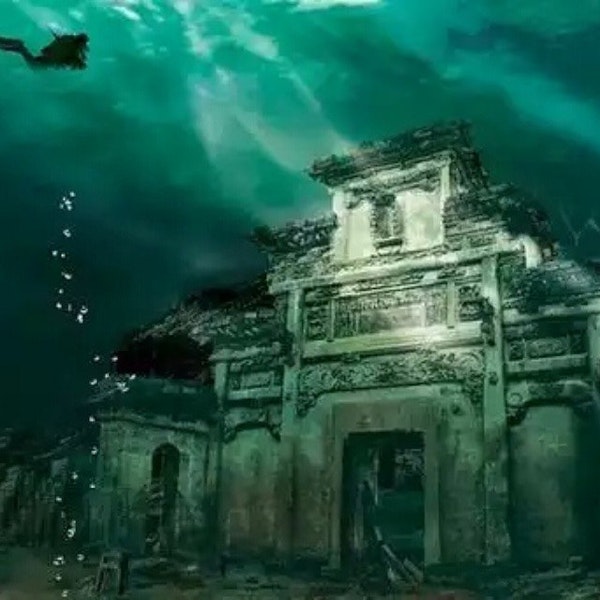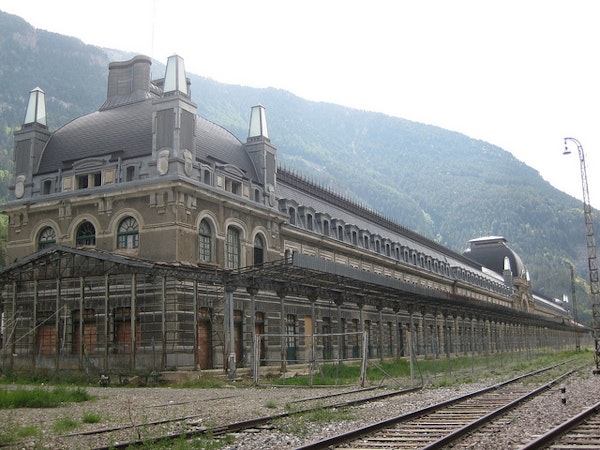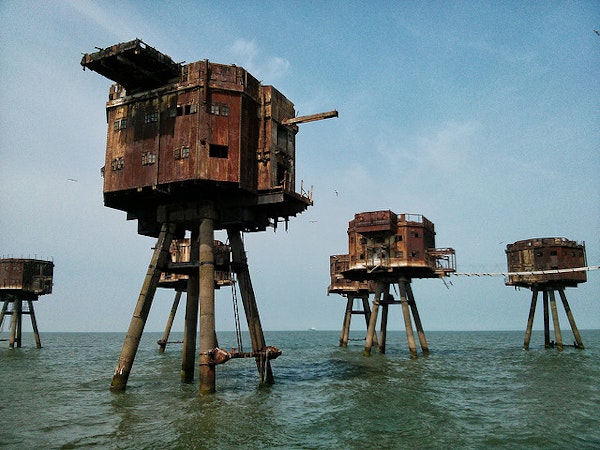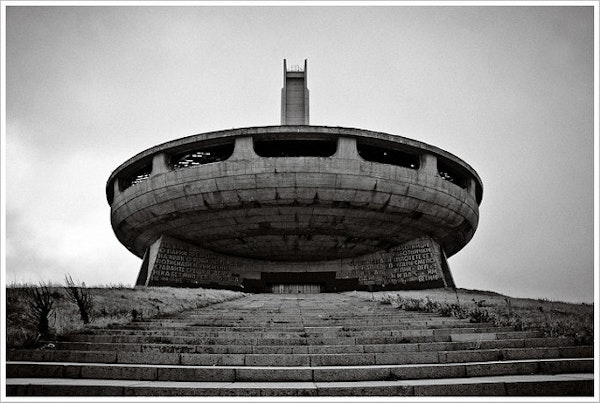- Fully qualified & insured teams
- Free site assessments
- Rapid response
- Rated Excellent
The Most Iconic Abandoned Buildings in the World
Most of us know of a neglected, abandoned building in our local area, usually one that’s boarded up and looking distinctly in need of a makeover. But across the world, some of these ‘local’ abandoned properties deserve a closer look, as examples of iconic architecture and ancient civilizations…
Machu Picchu – Peru
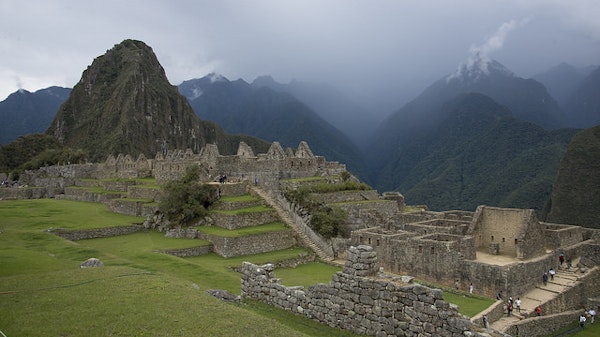
Now a UNESCO world heritage site and one of the acknowledged Seven Wonders of the World, the breath-taking but forsaken buildings of Machu Picchu, high up in the Andes mountains, were once part of a thriving Inca community. Believed to have been part of a religious or royal estate, one theory is that the citadel was built to make the most of trade routes and a lofty mountain location which offered easy natural defences.
But whilst several theories about the origins of Machu Picchu are still uncertain, there are even fewer clues as to why the site as a whole or individual buildings within it were abandoned.
Despite a considerable number of artifacts being recovered from the site, there’s nothing that offers a definitive conclusion. Regularly posed theories include famine, due to crop failure, war or other environmental disaster. With lack of immunity to ‘outside’ diseases, there is also a strong theory that a smallpox epidemic, introduced to the community from outside invaders or visitors may have spurred the residents to desert the area but even now, in the 21st century, no one really knows for sure.
Shicheng City – China
This ancient city’s name literally translates to ‘Lion City’ but it’s no longer an area where any animals roam, as the entire city is now submerged 130ft beneath China’s Qiandao Lake.
Engulfing the city within the man-made lake was necessary for the construction of the Xin’an River Hydropower Station and although this seems a reckless action, submerging the city has had the effect of protecting the ancient buildings and structures, approximately 1,300 years old, from other highly destructive elements of the area, including wind and sun.
‘Rediscovered’ in 1959 the city, dubbed “China’s Atlantis” remains ‘preserved’ under the lake as a hidden artifact of ancient Chinese civilizations, with its temples, memorial arches, roads, and dwellings all still visible and with wooden structures still surprisingly intact. Recent moves to dedicate the area to diving club tourism, as well as architecture, could see the city with a new lease of life, albeit still under water.
Craco, Basilicata – Italy
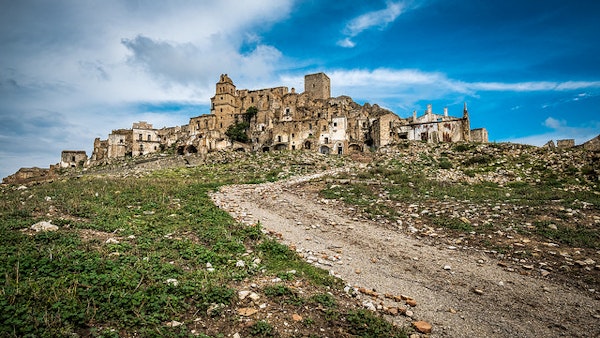
Another picturesque community site, now completely abandoned, is the ancient village of Craco, in the Basilicata region of Italy. This rocky, hilltop settlement established in 540 AD by the Greeks, changed hands several times during its lifetime as a thriving community: passing between local religious communities and other nations such as the French when, following successful Norman invasion, its medieval Norman tower was built in 1040.
Unfortunately, the instability of the rocky slopes around the village – undermined by regular earthquakes – doomed the area to being deserted in 1963, although it occasionally bursts back into life as a ready-made film set.
Canfranc Rail Station – Spain
Situated at the Spanish end of the Samport railway tunnel, which carried the train line through the Pyrenees Mountains, this stunning station, which took five years to build, was in service for less than five decades.
Opening in 1928, to much acclaim as the second largest station in Europe, the station offered stunning Spanish Revival architecture featuring facades of cascading archways encompassing hundreds of windows and 156 doors and serving both French and Spanish rail networks. However, in 1970 across on the French side of the tunnel, a train derailment rendered a bridge too dangerous to use and too expensive to repair, leading this previously vibrant locomotive depot to a sudden decline.
Now in a considerable state of disrepair, the beauty of the main building can now only be viewed from outside as neglect and poor structural conditions mean it has been fenced off to the public for security and safety purposes, whilst talks about bringing it back into use, either to serve the train system once again, or as a luxury hotel, continue.
Maunsell Sea Forts – England
Located in the estuaries of both the Thames and the Mersey, lie the Maunsell Sea Forts. Built ready for defensive action in World War II, each series of ‘single’ fortifications, linked through steel deck platforms high above the line of the tide, was initially designated as a naval fort, protecting coastal shipping lanes and routes upriver to Liverpool and London, both prime enemy targets during the war.
Once the war was over and the forts decommissioned, the forts emerged as locations for pirate radio broadcasting. By the late 1960’s though, it became necessary to demolish them to prevent further illegal broadcasting and the risk of accident, due to the high level of risk posed by their deteriorating structures and the fact that, as metal structures in open seas, they performed as large lightning and static electricity conductors. Several fatalities occurred across the intervening years, including a ship running into a tower, and the death of three pirate radio personnel when their launch, bringing supplies to one of the pirate radio stations, capsized.
Like the Craco though, these iconic sea-creature-like fortifications buildings have been immortalised in film and music video backdrops, before finally being demolished.
Buzludzha – Bulgaria
Situated in the heart of the Balkan Mountains in Bulgaria, Buzludzha was built as an iconic monument, a tribute to those who lost their lives in the final battle between the Turks and Bulgarian Rebels in 1868.
Commissioned and built by the communist regime, the monument features ‘Brutalist’ communist-era architecture, reminiscent of Sci-Fi films of the 1970s, the same decade in which it was built. Despite being inaugurated in 1981, the monument was abandoned by 1989, quickly falling victim to vandalism. The considerable disrepair and neglect of the building has resulted in the whole area being secured against public access, to prevent accident and further damage, with security guards also preventing access by tourists.
If this is the case for an abandoned building you own, please contact us for information, advice or a free quote on products to help you secure the property or site.
Request a free no-obligation quote
We respond in under 30 mins on average (excl. weekends)
